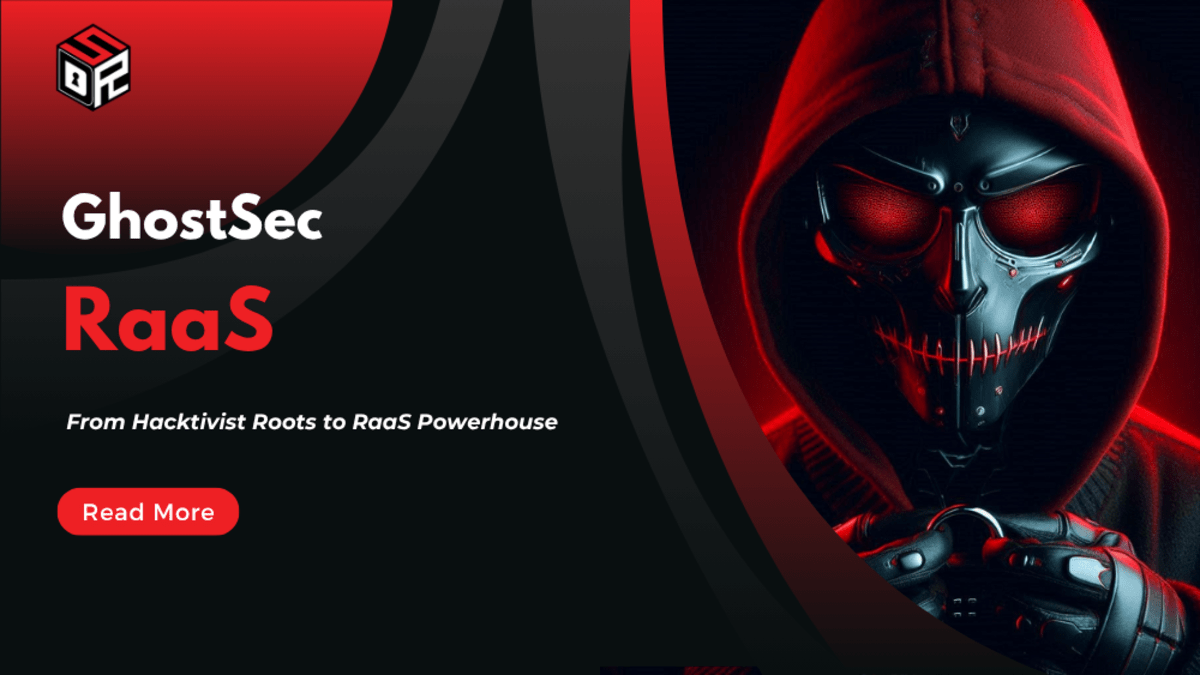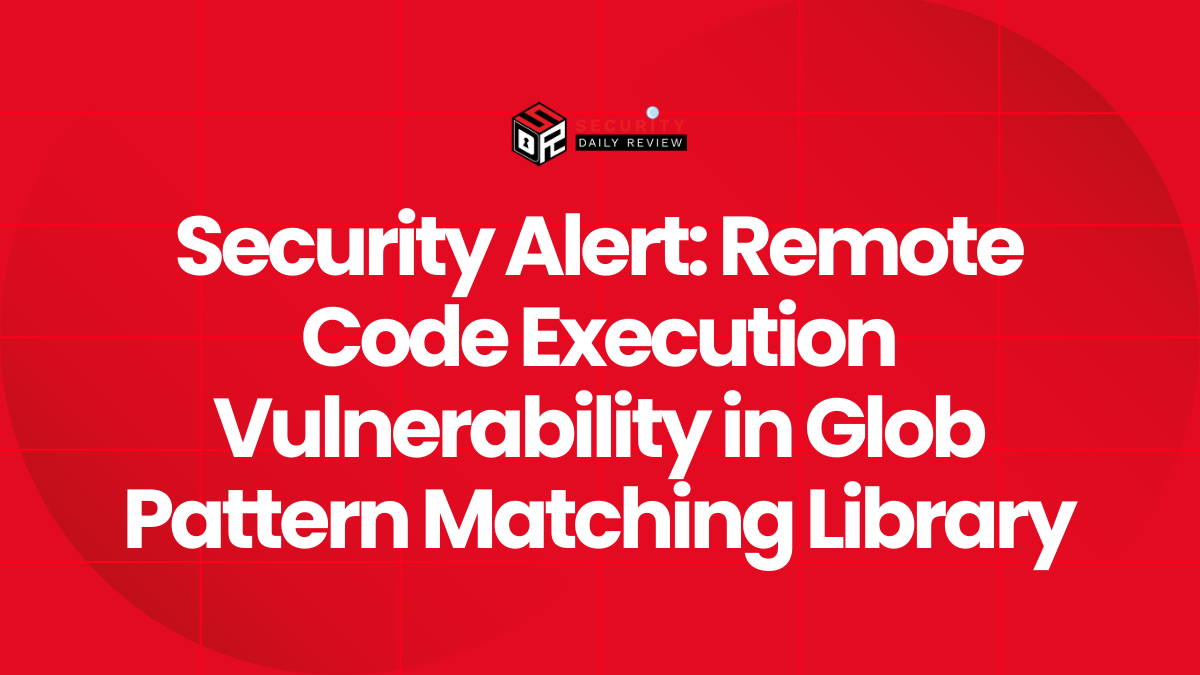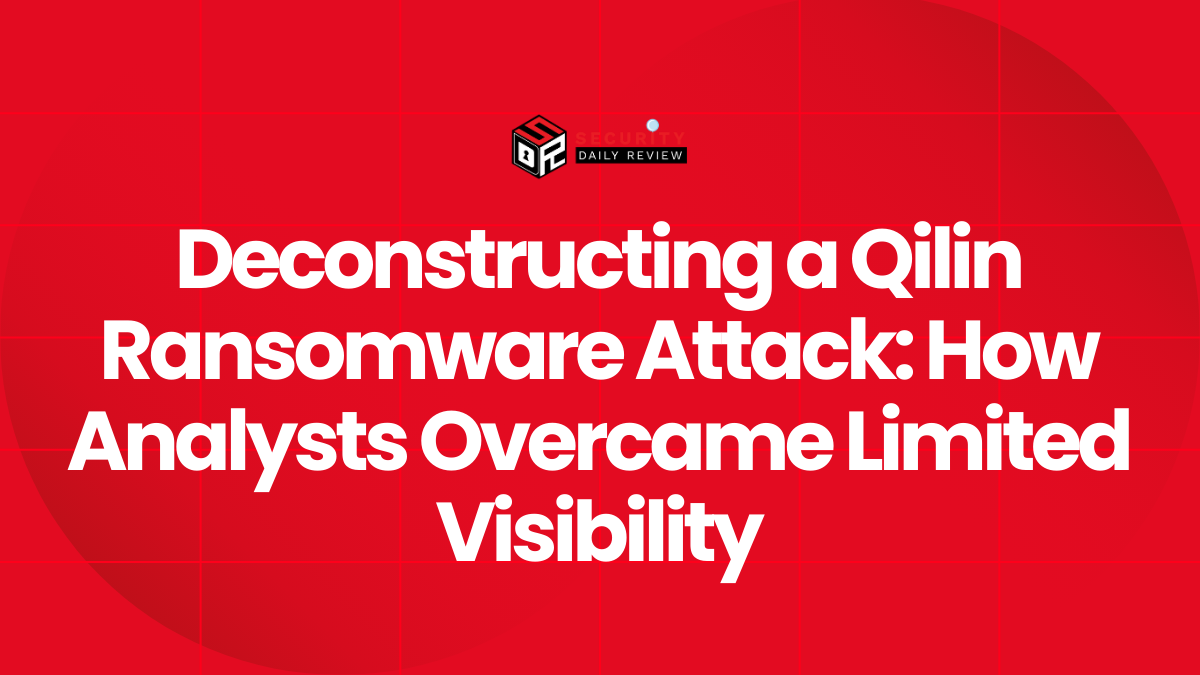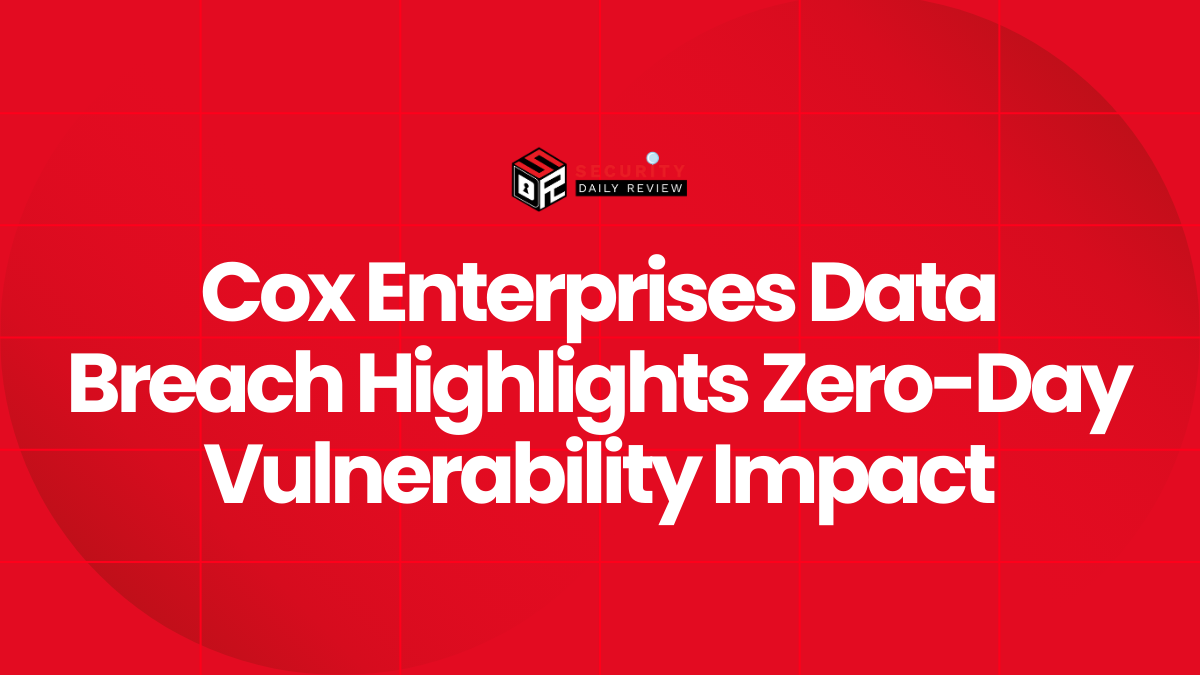Overview
GhostSec (also known as Ghost Security) originated in 2015 as a hacktivist group affiliated with the Anonymous collective, primarily targeting terrorist organizations like ISIS. Over time, the group transitioned into financially motivated cybercrime, notably developing and distributing ransomware through a Ransomware-as-a-Service (RaaS) model.
Known Aliases
- GhostSecMafia
- GSM
- Ghost Security
- GhostLocker
- STMX_GhostLocker (in collaboration with Stormous)
Country of Origin
While GhostSec’s exact origins are unclear, their activities and affiliations suggest a decentralized structure with members possibly based in various countries. Their early operations were linked to the Anonymous collective, and they have been active in regions including the Middle East and North America.
Common Methods of Infiltration Used by GhostSec
- Exploitation of Vulnerabilities: Targeting unpatched public-facing applications and services to gain initial access.
- Use of Valid Accounts: Leveraging stolen or compromised credentials to infiltrate systems.
- Deployment of Remote Access Tools: Utilizing tools like AnyDesk and TeamViewer for persistent access.
- Phishing Campaigns: Conducting spear-phishing attacks to trick users into executing malicious payloads.
- Collaboration with Other Threat Actors: Partnering with groups like Stormous to expand their reach and capabilities.
Notable Attacks / High-Profile Victims of GhostSec
- Operational Technology (OT) Systems in Belarus: In January 2023, GhostSec claimed to have deployed ransomware on a Belarusian remote terminal unit (RTU), demonstrating their capability to target industrial control systems.
- Joint Ransomware Campaign with Stormous: In July 2023, GhostSec partnered with the Stormous ransomware group to launch a new RaaS operation named STMX_GhostLocker, targeting various organizations across multiple countries.
- Global Ransomware Attacks: GhostSec has been linked to ransomware attacks in over 15 countries, including China, India, Brazil, Russia, Israel, Colombia, Iran, South Africa, Nigeria, Pakistan, Iraq, UAE, Lebanon, France, Brazil, Sudan, Myanmar, Nicaragua, Philippines, and Canada.
GhostSec MITRE ATT&CK Tactics and Techniques
GhostSec employs various tactics and techniques consistent with sophisticated ransomware operations:
| Tactic | Technique Name | Technique ID | Description |
|---|---|---|---|
| Initial Access | Exploit Public-Facing Applications | T1190 | Exploiting vulnerable web services and apps to gain unauthorized access. |
| Valid Accounts | T1078 | Using stolen or leaked credentials to log into systems. | |
| Execution | Command and Scripting Interpreter | T1059 | Executing malicious commands/scripts on the victim system. |
| Persistence | Create or Modify System Process | T1543 | Establishing long-term presence by modifying system processes. |
| Privilege Escalation | Abuse Elevation Control Mechanism | T1548 | Exploiting mechanisms like sudo or runas to gain elevated privileges. |
| Defense Evasion | Obfuscated Files or Information | T1027 | Hiding malware code through obfuscation techniques. |
| Impair Defenses | T1562 | Disabling security tools or modifying configurations to avoid detection. | |
| Credential Access | OS Credential Dumping | T1003 | Extracting credentials from the operating system memory or files. |
| Lateral Movement | Remote Services | T1021 | Moving laterally using RDP, SMB, or other network protocols. |
| Exfiltration | Exfiltration Over Web Service | T1567 | Stealing data and exfiltrating it over web-based protocols or APIs. |
| Impact | Data Encrypted for Impact | T1486 | Encrypting files to hold data hostage and demand ransom. |
Malware Strains Used by GhostSec
- GhostLocker: A RaaS developed by GhostSec, initially written in Python and later versions in Golang. It features military-grade encryption, anti-detection capabilities, automated data exfiltration, and customizable ransom notes.
- GhostLocker 2.0: An evolved version of GhostLocker with enhanced features, including a web-based builder and management portal for affiliates, allowing customization of ransom amounts, encryption paths, and other technical behaviors.
GhostSec’s transformation from ideological hacktivists to profit-driven cybercriminals exemplifies the dangerous evolution of threat actors in today’s digital landscape. As their tactics grow more advanced—blending political messaging with enterprise-grade ransomware operations—organizations must stay vigilant, proactively fortify defenses, and treat even the most unconventional adversaries as serious threats. In the era of cyber warfare, ideology and monetization are no longer mutually exclusive.









